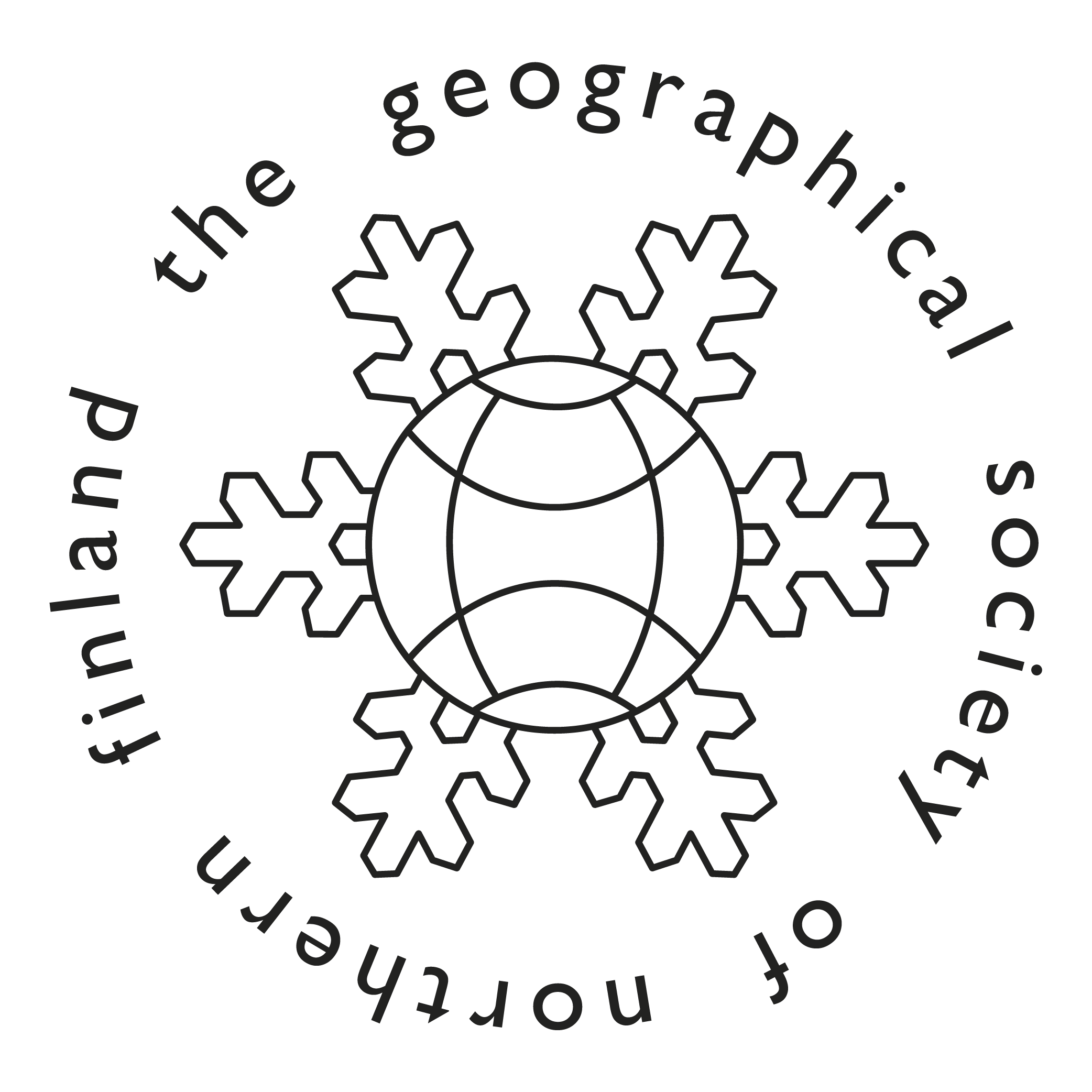Integrating accessibility analysis in ecosystem service and disservice mapping
Abstract
Ecosystems support human existence and well-being through supply of services such as food, materials and energy flows, and by opportunities for cultural experiences. These are called ecosystem services (ES). There is a growing body of literature that recognizes also ecosystem functions which do not provide benefits to humans. These ecosystem drawbacks, namely ecosystem disservices (EDS), cause negative effects on human well-being. In both cases, most ES and EDS exist only if there is transfer of goods and (dis)services to people. However, there is often a spatial discrepancy between places where ES or EDS are produced and the location where people use or are exposed to them, which is a major challenge in the assessment and mapping of ES and EDS. Therefore, spatially explicit information on the geographical connections between the ES or EDS supply and demand areas is essential, and sustainable utilization possibilities of services are flawed without this knowledge.
In this thesis, the transfer of services or disservices from ecosystems to people across an area was addressed using the concept of spatial accessibility, which determines how easily a location can be reached from another location or the potential for reaching geographically distributed opportunities. The main aim was to investigate the applicability of the Geographic Information System-based accessibility approach in ES and EDS mapping. This thesis consists of three separate studies, of which each one tested the approach using different sets of ES and EDS indicators at different spatial scales. The first study assessed the availability and access of cultural ES in Finland, the second the balance between food ES supply and demand across Europe and the third the suitability of the accessibility methods for measuring the negative effects of disease vectors on Finnish people. The goals of these studies were to increase the understanding of people’s ability to utilize different ES and estimate the negative impacts EDS can cause for people as well as respond to the need to develop a practical tool and easy-to-read maps for both ES and EDS research.
The results showed that the accessibility approach has great potential as a practical tool for illustrating the utilization possibilities of ES. Accessibility analysis can be used to assess the potential use of cultural ES as well as the balance between ES supply and demand. In general, the method effectively showed the areas where people have limited possibilities to use cultural services or where the risk of overuse of ES is increased. At the European level, the method showed its strength particularly in densely populated areas where spatial mismatch between supply and demand was assessed more appropriately compared to the analysis where supply and demand was estimated using overlay of map layers. By using the accessibility approach, it was also possible to demonstrate how transportation distances and nation borders may affect the balance between ES supply and demand. The results showed that spatial accessibility also has potential in EDS mapping. The method not only provided a new way to evaluate the amount of EDS potential encounters and the number of exposed people, but also the activity level of people in high-risk EDS areas. Overall, the approach has potential for enabling efficient biodiversity policies and management when it is important to understand both exposure potential to harmful aspects of ecosystems as well as their benefits in order to increase human well-being.






